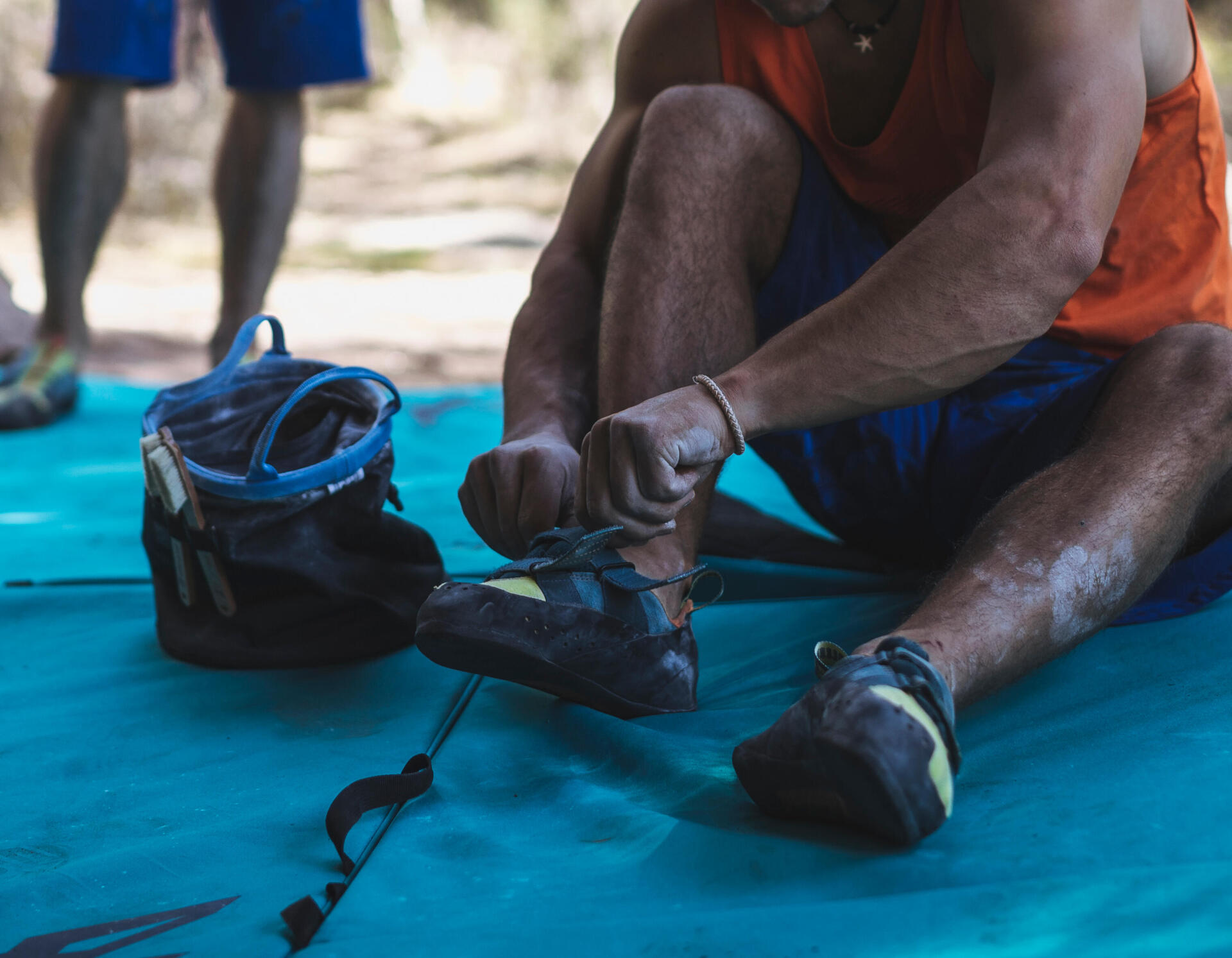Carry and store your shoes correctly
Maintaining their arched shape is important if you want to perform at your best! By following these tips, you'll be able to maintain their shape for longer!
First of all, make sure to always place them on top of your bag. If they're at the bottom, the shoes risk being crushed by your other belongings. This damages their heels and arched shape.
The golden rule when storing your shoes is to close the velcro straps after you've dried them. This prevents dust, twigs and grains of sand from getting into your shoes when they're not being used.
And of course, if you're not planning to use your shoes for some time, you'll need to store them in a dry, temperate place (avoid leaving them exposed to the sun in your boot, otherwise the heat risks damaging the glue on the sole).







